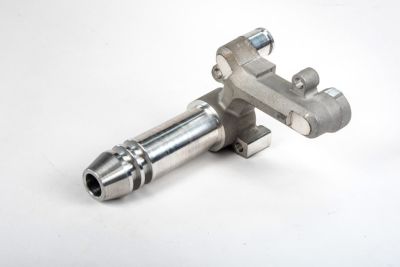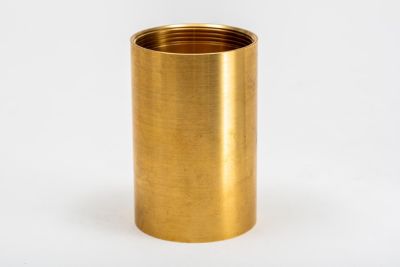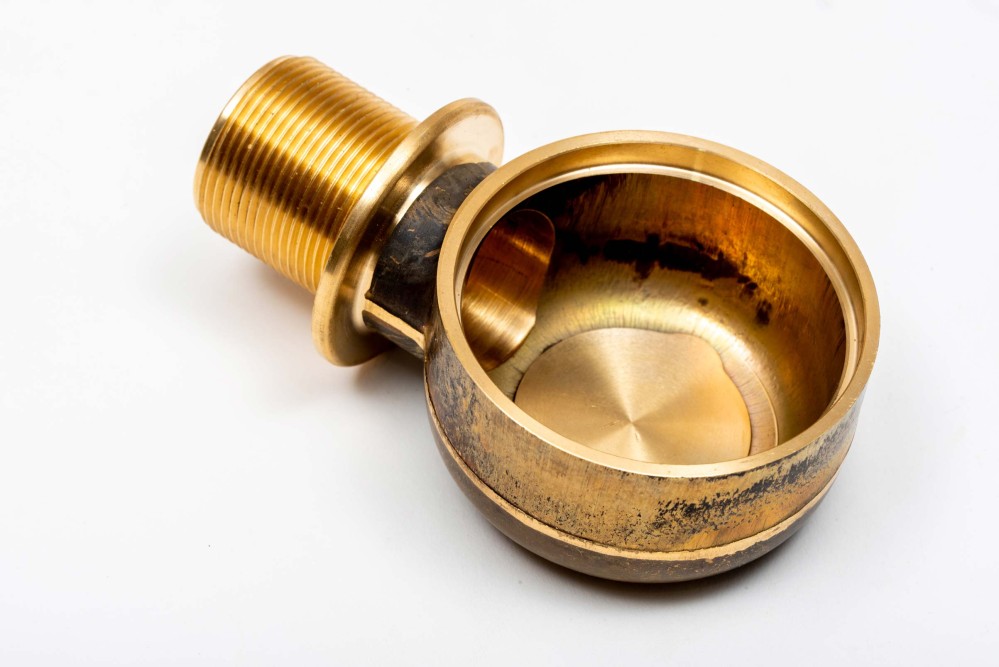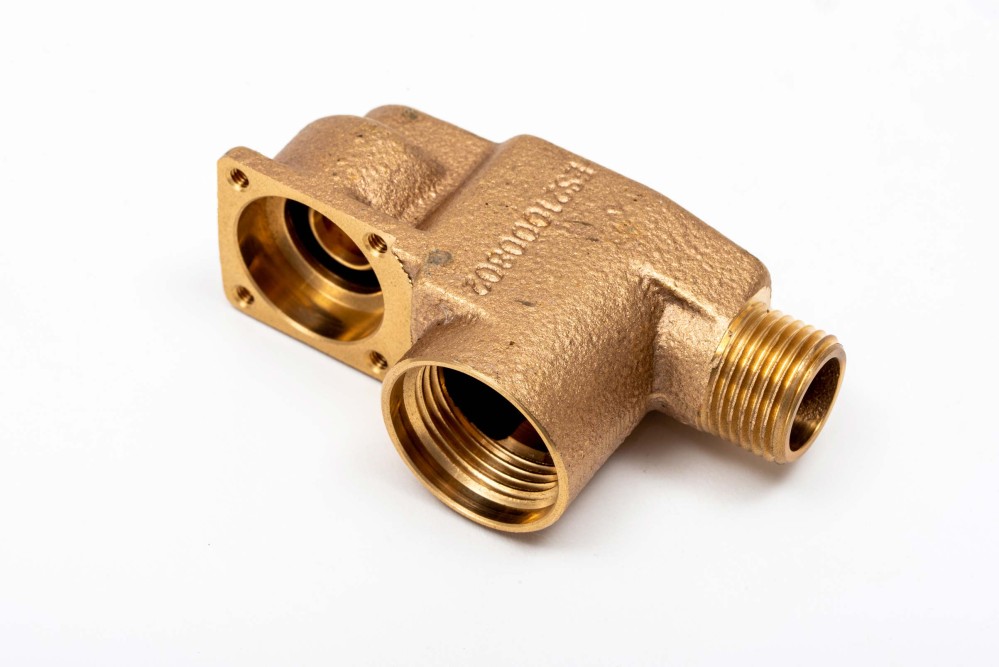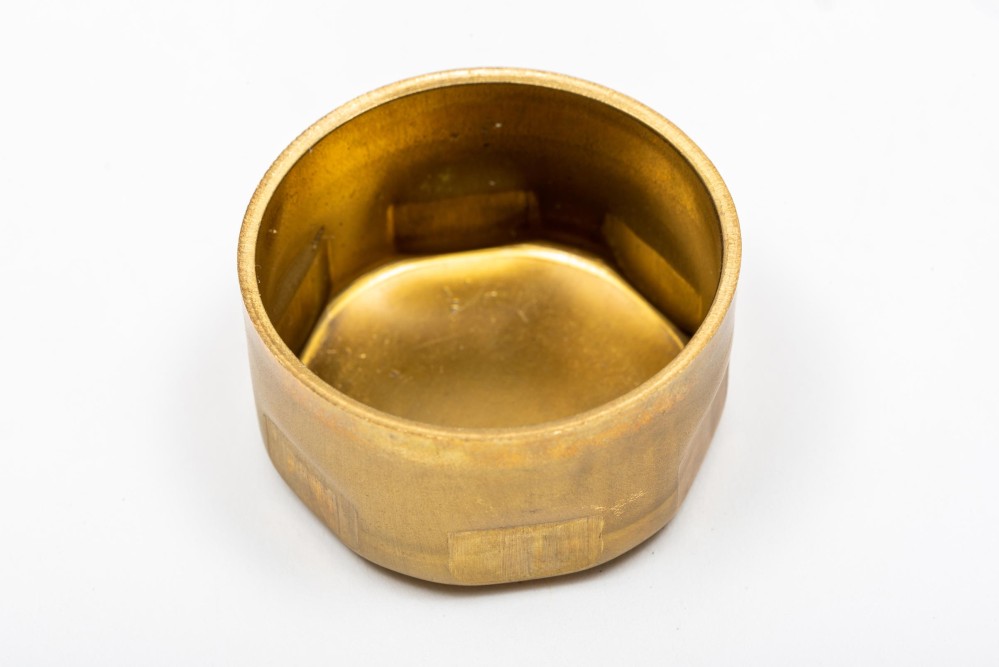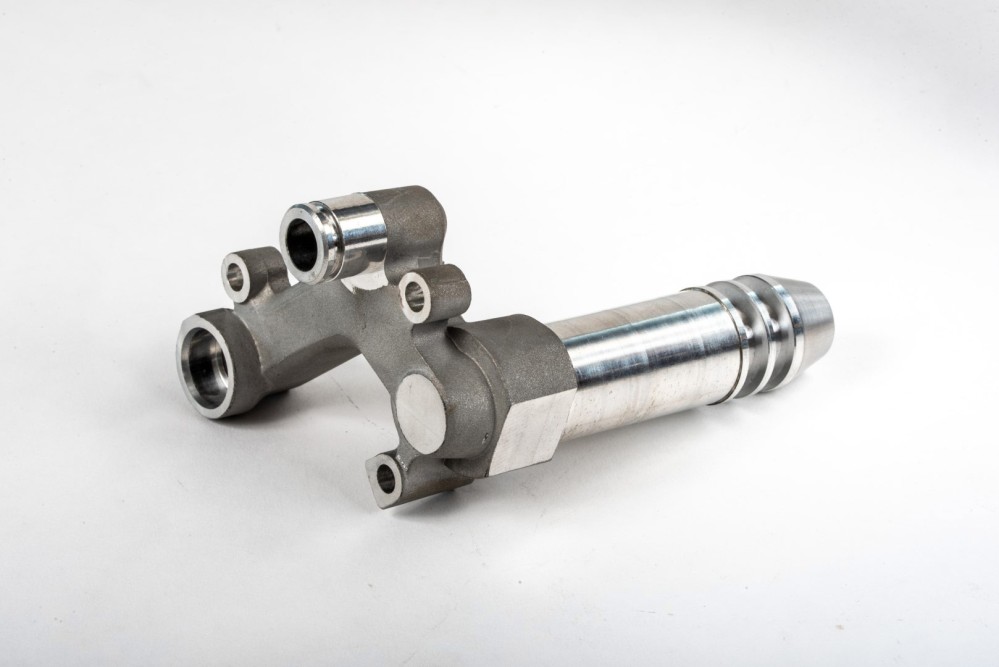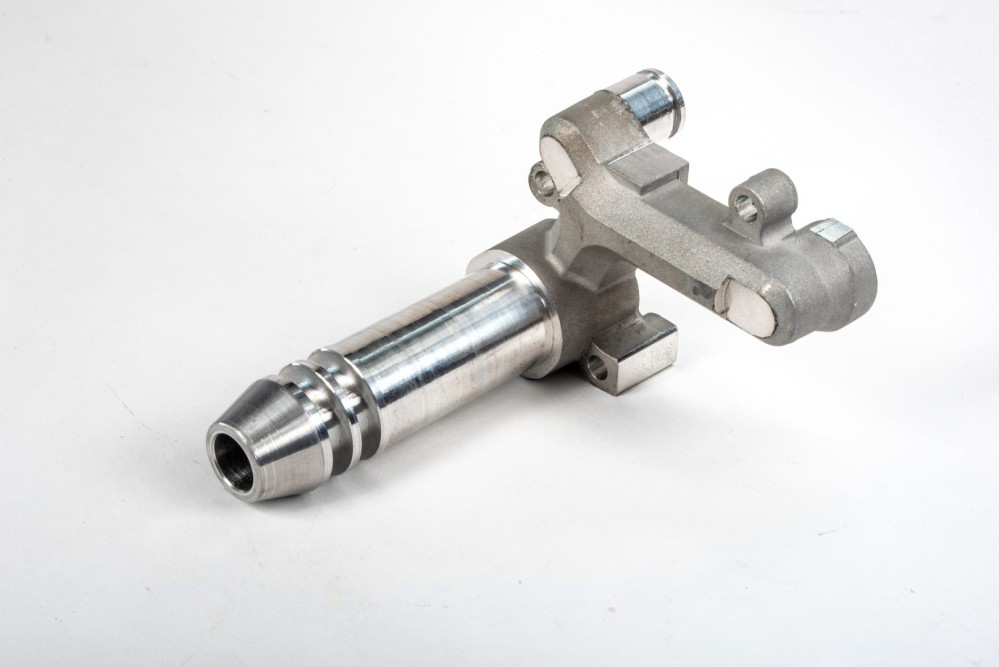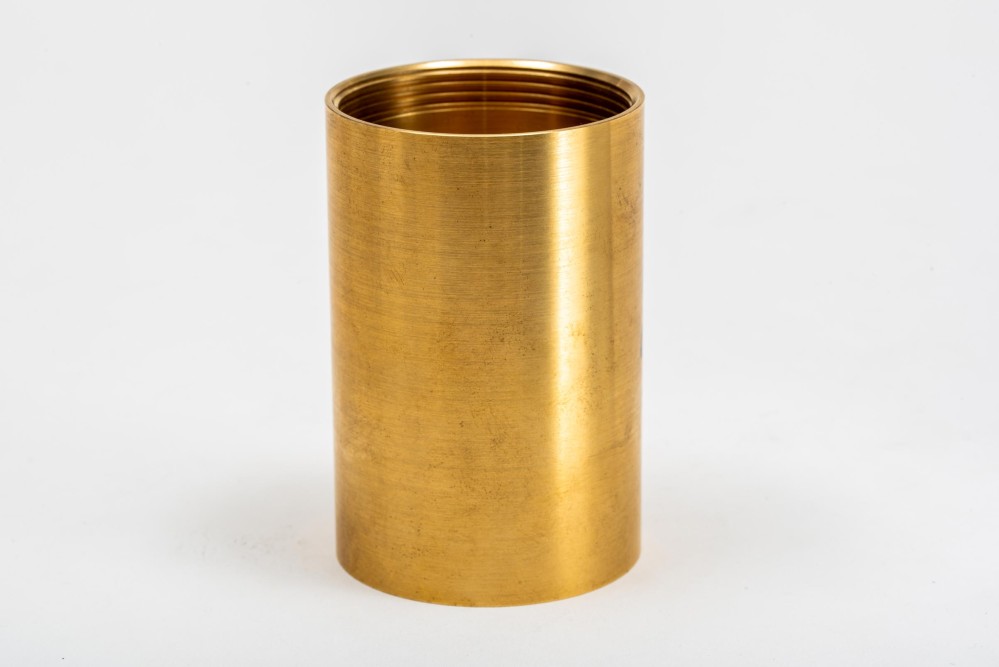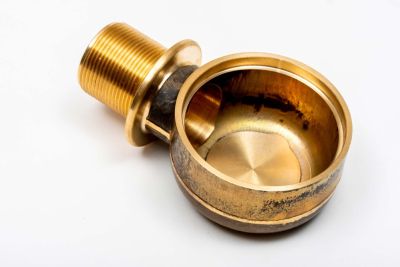
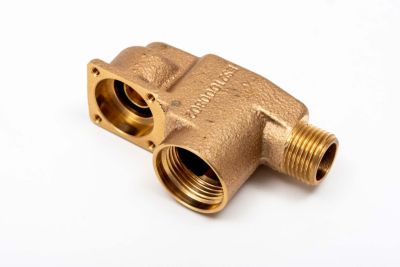
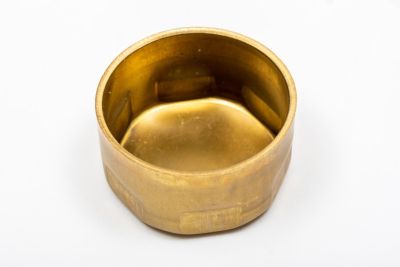

Gravity Casting
Gravity casting is one of the oldest metal part manufacturing methods, suitable for parts made of aluminum alloys, such as aluminum, copper, magnesium, zinc, and more.
Gravity casting is one of the oldest metal part manufacturing methods, suitable for parts made of aluminum alloys, such as aluminum, copper, magnesium, zinc, and more.
In this method, which is fully automatable, the molten metal is poured directly from the crucible into a fixed or semi-fixed mold, using only the force of gravity.
The casting process involves five stages:
- Mold creation
- Metal casting
- Cooling
- Mold opening
- Final processing
Advantages of the method:
- Produces metal parts with a dense and compact structure, possessing optimal mechanical properties (due to the high thermal conductivity of the mold allowing efficient cooling of the solidifying mass).
- Significantly reduces oxidation and porosity in the metal, as the mold filling involves minimal external interference.
- Accelerates production compared to other methods like sand casting.
- Suitable for automated mass production, providing a very cost-effective unit.
- Requires minimal investment for small and medium-scale production.
- Suitable for producing complex-shaped metal parts.
Applications: Gravity casting is highly suitable for manufacturing complex aluminum castings for various industries.
This method is widely used in the production of automotive parts, machinery components, lighting fixtures, and even household and kitchen tools.




